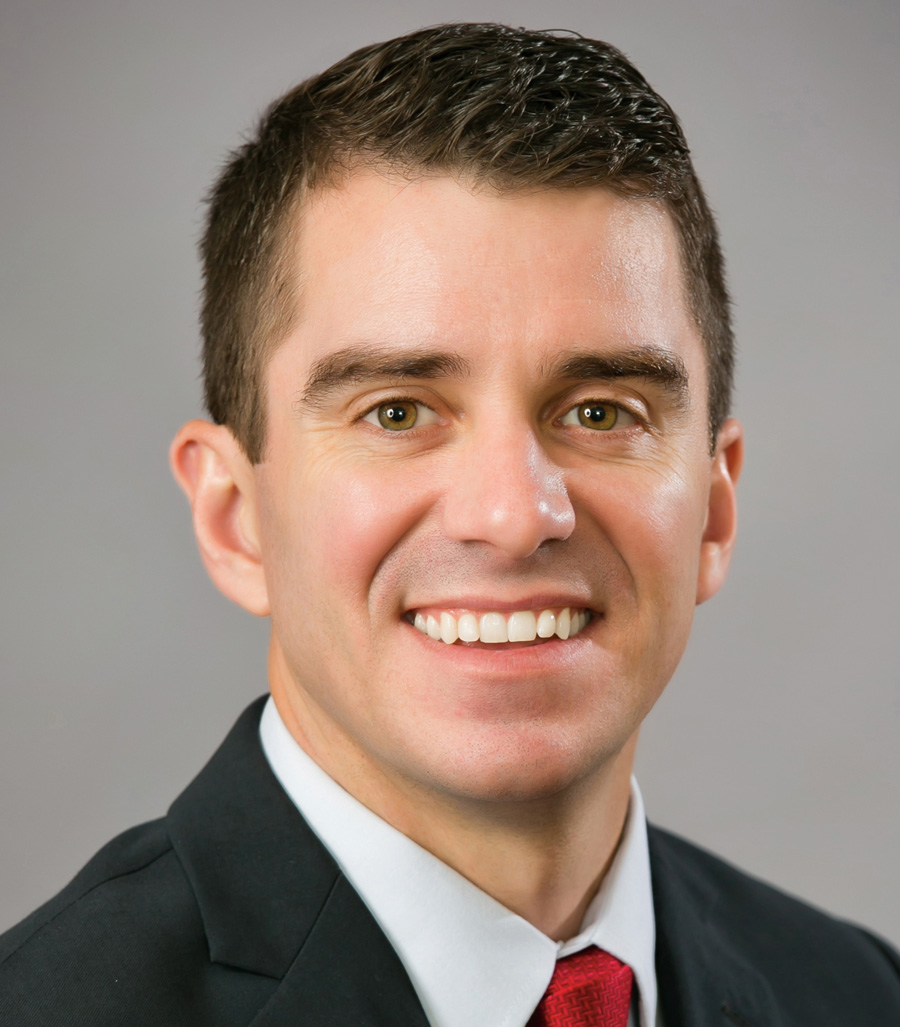
legal insights
U.S. Supreme Court affirms school violated student’s First Amendment rights
This decision still allows schools to regulate off-campus speech under certain circumstances
n June 23, 2021, in Mahanoy Area School District v. B. L., the United States Supreme Court issued a highly anticipated opinion addressing a public school’s ability to regulate off-campus student speech.
Legal issue
In Tinker, the Supreme Court had ruled that student on-campus speech is protected by the First Amendment so long as it does not substantially disrupt the work and discipline of the school. Since then, subsequent Supreme Court rulings have kept the core principles of Tinker in place, while creating new rules for specific circumstances, including allowing schools to regulate on-campus speech that is vulgar and offensive (Bethel School District v. Fraser) and speech that advocates illegal drug use (Morse v. Frederick), but the Supreme Court had not yet squarely addressed whether Tinker applies to off-campus student speech until this case.
Background
B. L.’s parents filed suit on her behalf in federal court in Pennsylvania, arguing that the district had unconstitutionally punished her for speech made off school grounds that did not pose a risk of disruption on campus.
The district court held in B. L.’s favor. On appeal, the Third Circuit Court of Appeals affirmed the lower court decision that B. L. could not be punished, but the circuit court’s majority went further, holding not only that the speech was not disruptive of the school environment, but “that Tinker does not apply to off-campus speech.”
In its brief petitioning the Supreme Court to review the Third Circuit’s opinion, the school district argued that student social media use is inextricably linked with the campus environment, regardless of when and from where a student’s “speech” may be posted, and districts have relied on school policies allowing administrators to discipline off-campus student speech that substantially disrupts the school environment.
The Supreme Court’s decision and the impact on schools
Writing for the majority, Justice Stephen Breyer reiterated the Court’s reasoning behind Tinker, that schools have a special interest in regulating student speech that “materially disrupts class work or involves substantial disorder or invasion of the rights of others,” and found that this special interest is not limited to on-campus speech, and that a “school’s regulatory interests remain significant in some off-campus circumstances.” The Court’s decision referenced some types of off-campus behavior that schools could regulate, including “serious or severe bullying or harassment targeting particular individuals; threats aimed at teachers or other students; the failure to follow rules concerning lessons, the writing of papers, the use of computers, or participation in other online school activities; and breaches of school security devices, including material maintained within school computers.”
In analyzing the case, the Court also described three features of off-campus speech that often distinguish schools’ efforts to regulate off-campus speech from their efforts to regulate on-campus speech and together have the effect of diminishing the general First Amendment leeway granted schools in light of their special characteristics. According to the Supreme Court, those features are that schools will rarely stand in loco parentis (“in place of a parent”) when a student speaks off campus; that regulation of off-campus speech as well as on-campus speech would mean that student speech would be subject to regulation 24 hours a day, so courts must be more skeptical of a school’s efforts to regulate off-campus speech; and that “the school itself has an interest in protecting a student’s unpopular expression, especially when the expression takes place off campus, because America’s public schools are the nurseries of democracy” and “our representative democracy only works if we protect the ‘marketplace of ideas.’”
In this case, the circumstances of B. L.’s speech diminished the school’s ability to regulate it, as the student’s Snapchat posts appeared off campus and outside of school hours, she did not target any member of the school community with vulgar or abusive language, and she transmitted her speech through a personal cellphone to an audience consisting of her private circle of Snapchat friends. In the Court’s view, the school’s potential interest in teaching good manners and in punishing the use of vulgar language aimed at part of the school community was weakened considerably by the fact that B. L. spoke outside the school on her own time. B. L.’s profanity-laced post may not seem like the type of speech that needs Constitutional protection, but as the Court wrote, “sometimes it is necessary to protect the superfluous in order to preserve the necessary.”
Takeaways
Mike Ambrose is CSBA associate general counsel.